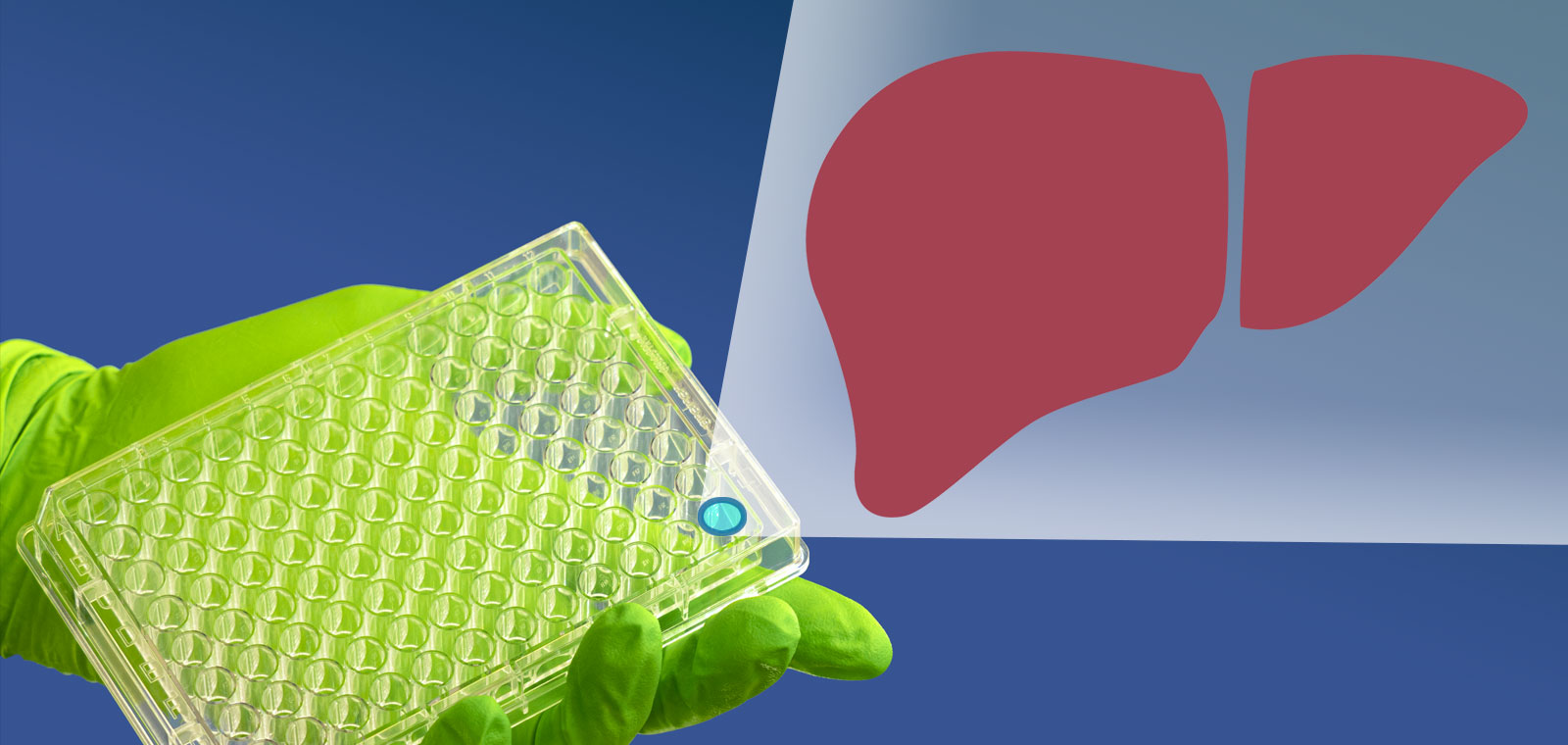
By studying monkey malaria, scientists are learning a lot about human malaria. This type of work will greatly benefit from our new in vitro culture method which also minimizes the number of laboratory animals needed.
We don't hear much about malaria these days, except that the malaria drug chloroquine may be used as a remedy against the coronavirus. However, every year more than 450,000 people die of malaria. Year after year. The malaria parasite is transmitted by the malaria mosquito. The first symptoms of malaria resemble flu with headaches and fever attacks, but meanwhile a battle is taking place in the body. The parasites infect red blood cells. These can clump and get trapped in tiny blood vessels that supply organs, such as the brain, with oxygen. Anemia can also cause major problems.
The parasite can hide
There are several species of malaria parasites. In some species the parasite can, as a dormant form, hide for a long time and later cause disease again. Only a few drugs are effective against this type of malaria parasite and, due to serious side effects, these drugs cannot be used in a large part of the population. New medicines are therefore urgently needed.
Looking for new medicines
Researchers at BPRC have been investigating this type of malaria for years. Since there is no in vitro culture system available for this type of malaria, the researchers use a monkey malaria parasite as a model. In order to minimize the number of monkeys needed for this work, they developed a method to test new medicines in a culture dish. How this is done can be viewed in this video. So far, only very few drugs appear to be active against this form of malaria. As a result, testing at a larger scale is needed.
A new, animal-friendly test
To address this issue, the researchers have now developed a new method in which the dormant malaria parasites can be detected in a very fast and sensitive way. This is done in a culture dish, and therefore the number of monkeys involved is limited. This is a first step towards an industrialized way of testing. In this way, we hope to eventually find an effective medicine. We published the new method in the journal Analytical Chemistry.

